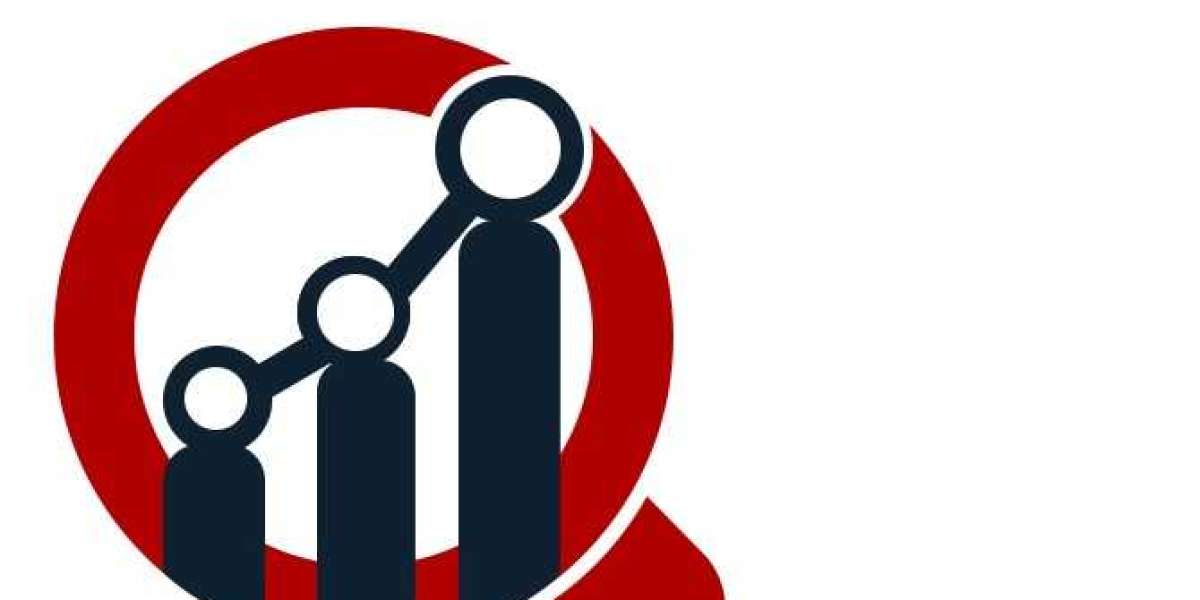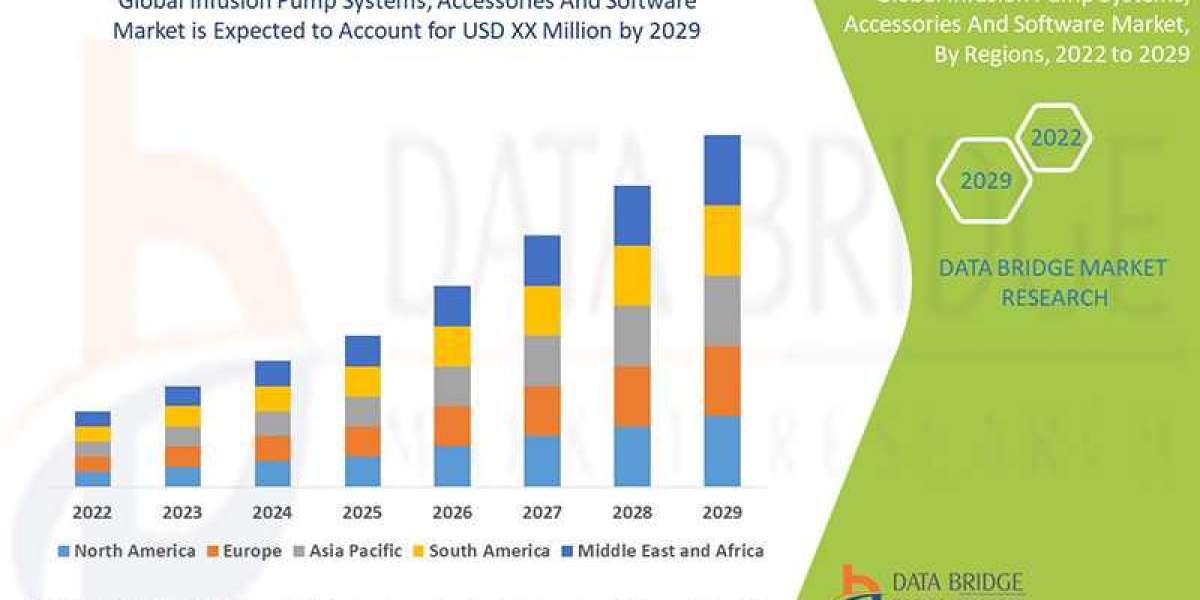In the era of smart cities, the integration of advanced technologies is transforming urban landscapes and enhancing the quality of life for residents. One such technology that plays a crucial role in enabling smart city applications is Radar Sensors. These sensors utilize radio waves to detect and track objects, providing valuable data for a wide range of applications, including transportation, security, and environmental monitoring. This blog post explores the market trends, benefits, and applications of radar sensors in smart cities.
Market Overview: The market for radar sensors in smart city applications is experiencing remarkable growth, driven by the increasing adoption of smart city initiatives worldwide. According to market research reports, the global radar sensors market is expected to witness substantial growth, reaching a market value of several billion dollars by 2025. The rising need for efficient traffic management, enhanced public safety, and environmental monitoring are key factors driving the demand for radar sensors in smart cities.
Benefits of Radar Sensors:
Accurate Object Detection: Radar sensors excel in detecting and tracking objects, including vehicles, pedestrians, and wildlife. Their ability to operate in various weather conditions, such as rain, fog, and darkness, makes them reliable for real-time monitoring and reducing accidents.
Long-range Sensing: Radar sensors can cover a large area and provide long-range detection capabilities, making them ideal for applications like traffic management, where wide coverage is essential. They enable effective monitoring of multiple lanes, intersections, and highways, improving traffic flow and reducing congestion.
Non-Intrusive and Privacy-Friendly: Unlike other sensor technologies, radar sensors are non-intrusive and do not rely on cameras or personal identification. This feature ensures privacy protection while maintaining high levels of accuracy and reliability.
Robust Performance: Radar sensors are known for their robust performance in challenging environments. They are less affected by adverse weather conditions, electromagnetic interference, and occlusions, ensuring consistent and reliable data collection.
Applications in Smart Cities:
Intelligent Traffic Management: Radar sensors are extensively used for traffic monitoring, vehicle counting, and speed enforcement. They provide real-time data on traffic flow, enabling adaptive traffic signal control systems and reducing congestion. Additionally, radar sensors play a vital role in implementing smart parking systems by detecting parking space occupancy and guiding drivers to available spots.
Pedestrian Safety and Security: By accurately detecting pedestrians at crosswalks and intersections, radar sensors contribute to improving pedestrian safety. They enable the implementation of intelligent warning systems that alert drivers to the presence of pedestrians and prevent accidents.
Environmental Monitoring: Radar sensors can measure environmental parameters such as rainfall, water level, and air quality. This data helps in monitoring and managing urban ecosystems, including flood prediction, pollution control, and water resource management.
Infrastructure Monitoring: Radar sensors can monitor the structural integrity of bridges, buildings, and roads, detecting any potential defects or damages. This proactive approach to infrastructure monitoring ensures early detection of issues, enabling timely maintenance and reducing risks to public safety.
Conclusion: Radar sensors are playing a pivotal role in the development of smart cities, revolutionizing urban connectivity, safety, and sustainability. With their accurate object detection capabilities, wide coverage, and robust performance, radar sensors offer a multitude of applications, including intelligent traffic management, pedestrian safety, environmental monitoring, and infrastructure maintenance. As smart city initiatives continue to gain momentum globally, the market for radar sensors is expected to grow further, fuelling the transformation of urban landscapes into safer, more efficient, and connected environments.
Order a free sample PDF of Radar Sensors for Smart City Applications Market Research Intelligence Study, published by Market Research Future.







